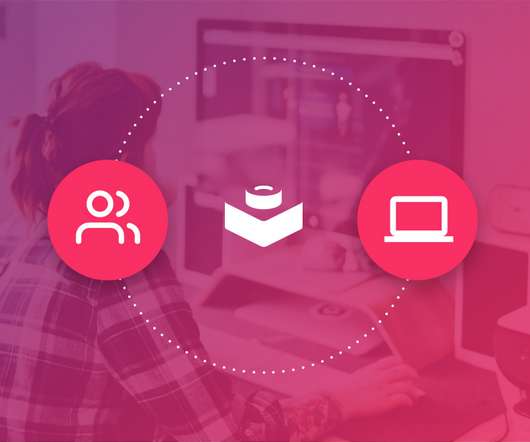The Power of Your Network | Social Learning Blog
Dashe & Thomson
FEBRUARY 9, 2011
Networking comes naturally for some people, but not-so-much for others. Networking comes naturally for some people, but not-so-much for others. Why is networking so important anyway? People in your network become the portals to knowledge, opportunity, and information you might not find on your own. So big deal, you say.














































Let's personalize your content